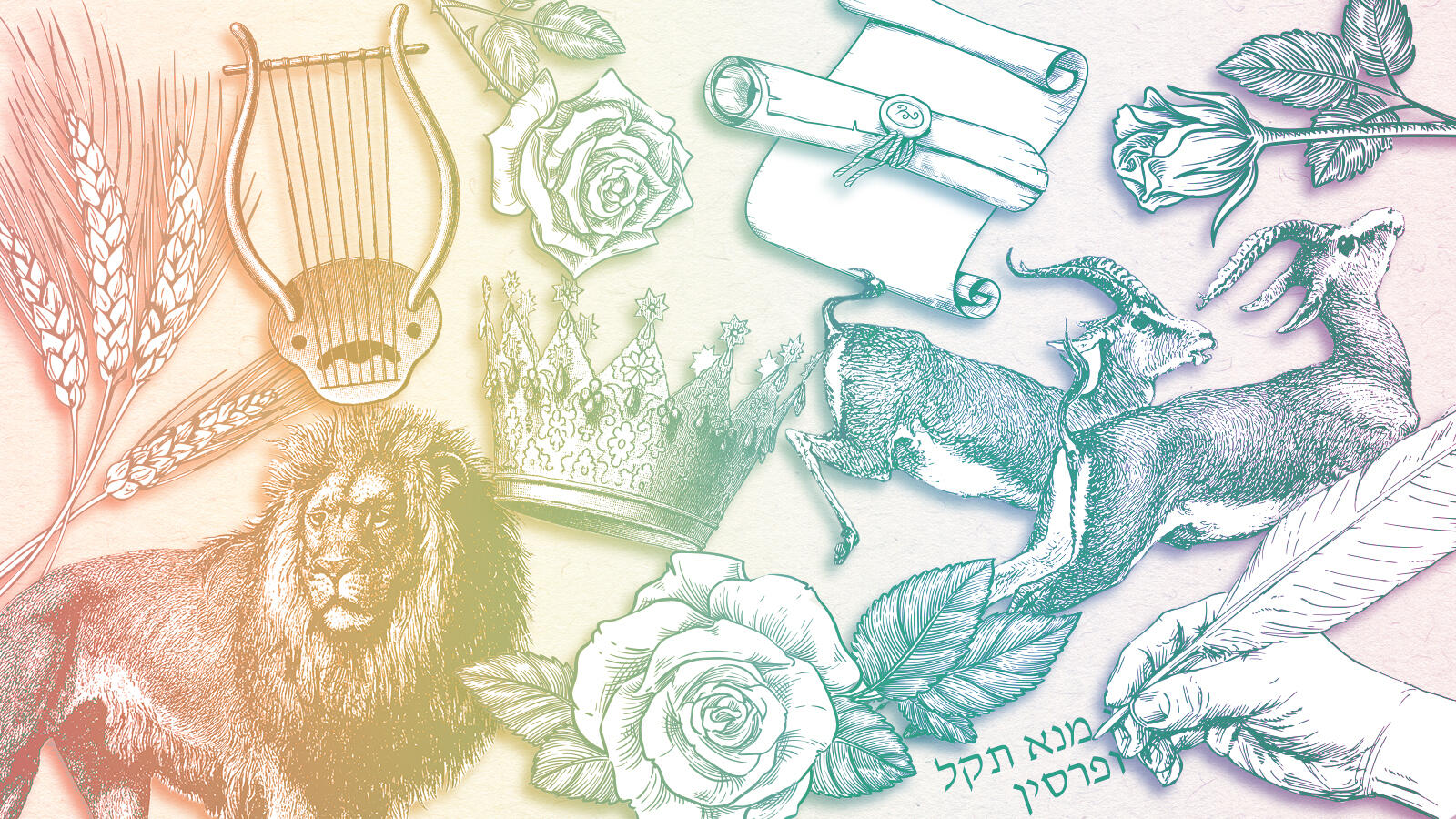Ketuvim, the name of the third section of the Tanakh (Hebrew Bible), means simply “Writings”, which hardly does justice to the variety of religious expression found there. There is poetry — of Temple ritual, private prayer, wisdom, national tragedy, even love. There is philosophical exploration–of the wisest path in life, of God’s goodness and justice. There are historical retellings and short stories. Ketuvim might better be translated as “the anthology,” the canonical collection from the post-prophetic age.
Most of the individual books in Ketuvim were written or at least put in final form in Judea during the period of Persian and Hellenistic rule, from the fifth through the second centuries BCE. The Temple in Jerusalem, destroyed in the Babylonian conquest of 586, had been rebuilt around 515. The text of the Torah was standardized not long after, but there was no more prophecy after Malachi. Clues of language, literary style, and content have led scholars to see most of Ketuvim as “Second Temple” works.
Unlike the and the books of Prophets (Nevi’im), the works found in Ketuvim do not present themselves as the fruits of direct divine inspiration. (Daniel is the one exception.) What makes books like Psalms and Job so remarkable is their humanity, the “I” who dares to voice questions and doubts about God in the face of danger or suffering. Ultimately, each of the Ketuvim affirms a hard-won commitment to God and covenant. Without divine miracles or national glory, there were only the words of Torah and Prophets to hold onto, proven reliable by Israel’s difficult history and carried forward by people of wisdom.
How the various works of Ketuvim came to be canonized together is not known. Fragments of every book except for Esther are found among the Dead Sea Scrolls, which date as early as the second century BCE. Not until the first century CE are there sources that hint at a recognized Jewish canon in three parts.

Help us keep Jewish knowledge accessible to millions of people around the world.
Your donation to My Jewish Learning fuels endless journeys of Jewish discovery. With your help, My Jewish Learning can continue to provide nonstop opportunities for learning, connection and growth.
After the Romans destroyed the Second Temple in 70 CE, the rabbis of the following century canonized the books of Ketuvim. Certain of the Ketuvim were associated with figures from Nevi’im (Prophets), probably from early on — Proverbs and Song of Songs with King Solomon, Lamentations with Jeremiah, and Psalms as a whole with King David. The records the rabbis’ disagreements over whether to include Ecclesiastes and Song of Songs, and suggests that Esther too was not unanimously approved.
Ketuvim opens with Psalms (Tehillim). These poems include liturgies for public celebrations in the Temple, individual meditations at times of danger or suffering, and expressions of awe at Creation. Taken together the Psalms leave the impression of an “official theology” of Temple, priesthood, and nation, but what makes them timeless is the personal voice expressing peril, doubt, and celebration.
The books of Proverbs, Job and Ecclesiastes (Kohelet) come out of what scholars term the “Wisdom tradition.” Wisdom was an international literature in the biblical Near East, nurtured by scribes in every culture from Egypt to Mesopotamia. Its characteristics included the observation of nature and the world as the source of understanding, and the use of reason to determine the best course for human happiness.
Two stories and one poem are set at particular points in Jewish history. Ruth presents a narrative set in the time of the book of Judges about a Moabite woman who follows her mother-in-law back to Bethlehem when her own husband dies. She joins her destiny with Israel and becomes the ancestor of King David. Esther, set in Persia, is well-known as the (scroll) that tells the story behind the holiday of Purim. Lamentations is a series of poems set in Jerusalem in the days after the Temple was destroyed by the Babylonians.
Unlike any of the other books are Song of Songs and Daniel. The former is a collection of passionate love poetry, by tradition an allegory of the love affair between God and Israel. Daniel is an eclectic book most often noted as the earliest apocalyptic text in Judaism.
Ketuvim concludes with Ezra-Nehemiah and Chronicles, two largely historical narratives. Ezra-Nehemiah tells the history of the return to Judea under the Persians and reflects the viewpoint of the priests and scribes who came to represent Temple and Torah in the renewed nation. Chronicles retells the earlier pre-exile history found in Kings, from a similar point of view as that of Ezra-Nehemiah.
Many of the texts in Ketuvim have become part of Jewish liturgy. Ecclesiastes, Esther, Song of Songs, Ruth and Lamentations are known as the Hamesh Megillot (Five Scrolls). Each is chanted publicly in the synagogue on a holiday–Sukkot, Purim, Passover, Shavuot and Tisha B’Av, respectively. Most prominent in Jewish life are the Psalms, which permeate the prayer book and are often recited by individuals as supplications or thanksgiving prayers.



